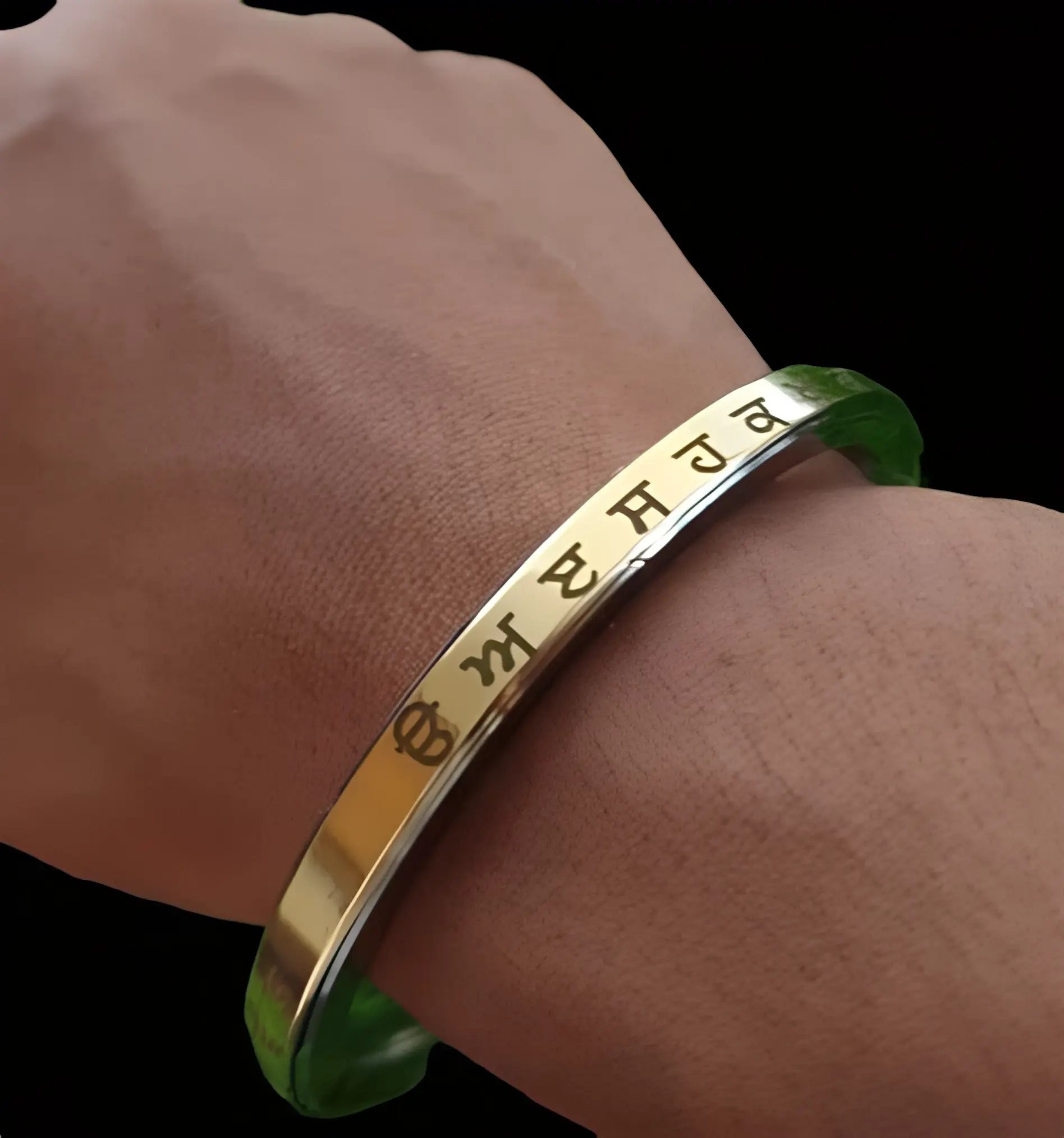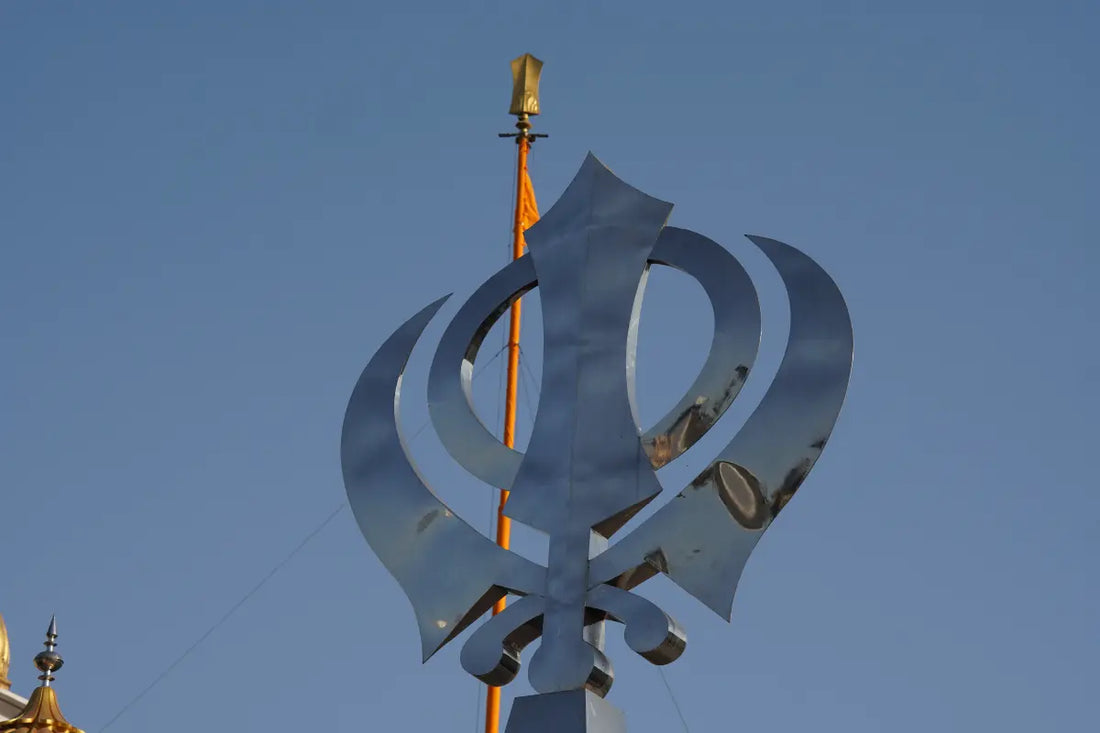Simple in form, yet powerful in meaning, the Kara is more than just a steel bracelet. It’s one of the Five Ks gifted by Guru Gobind Singh Ji to the Khalsa, and it serves as a constant reminder of humility, unity, and accountability. Whether worn daily by Sikhs or gifted during milestones, the Kara carries both spiritual and symbolic weight that makes it one of the most universal signs of Sikh identity.
In this blog, we’ll explore the significance of the Kara — its history, deeper meaning, and how it continues to shape lives in both spiritual and everyday ways.
1. What the Kara Symbolizes
The Kara is typically made of steel or iron and worn on the dominant wrist. Its circular shape — with no beginning and no end — is a visual representation of:
-
The infinity of Waheguru (God)
-
The eternal bond between the Sikh and the Guru
-
The constant cycle of action and reflection
Wearing the Kara reminds Sikhs to use their hands only for truthful, kind, and just actions. Every time one lifts a spoon, writes a word, or shakes a hand, the Kara is there — guiding and grounding.
2. A Warrior’s Reminder
Guru Gobind Singh Ji gave the Kara to the Khalsa as a symbol of strength and moral responsibility. In battle, it served both as a protective item and a sacred reminder not to use violence unjustly.
Even today, it represents:
-
Discipline over impulse
-
Connection over ego
-
Strength rooted in compassion
3. Kara in Everyday Life
The beauty of the Kara lies in how seamlessly it integrates into daily routines. It is:
-
Worn in school, work, Gurdwara, and at home
-
Passed down as gifts during Dastar Bandi, Amrit ceremonies, and weddings
-
Used as a meditative tool — some Sikhs quietly turn it during Simran (repetition of Waheguru)
Its presence is constant, yet humble.
4. Choosing the Right Kara for You
At Akaal Accessories, we honour the significance of the Kara by offering different styles for different needs:
Material options:
-
Sarbloh (pure iron) – Traditional and spiritually preferred for Amritdhari Sikhs
-
Stainless Steel – Durable and low-maintenance for everyday wear
-
Brushed or Polished Finishes – Choose your aesthetic
Other considerations:
-
Size: A snug but comfortable fit is important
-
Engraving: Personalize with “Waheguru,” Khanda symbols, or family names
-
Children’s sizes: Perfect for birthdays or starter sets for young Sikhs
5. Who Can Wear a Kara?
While the Kara is part of the Khalsa uniform, anyone can wear it respectfully. Many non-Sikhs wear the Kara as a sign of solidarity, peace, or spiritual reflection.
What matters most is intention — wearing it to remember good actions, justice, and truth.
Final Thoughts: A Circle That Grounds and Guides
The Kara is not loud or flashy — but it speaks volumes. It’s the quiet tap on your wrist during a tough decision. The circle that grounds you in a chaotic world. The symbol that tells the world: I walk with my Guru.



